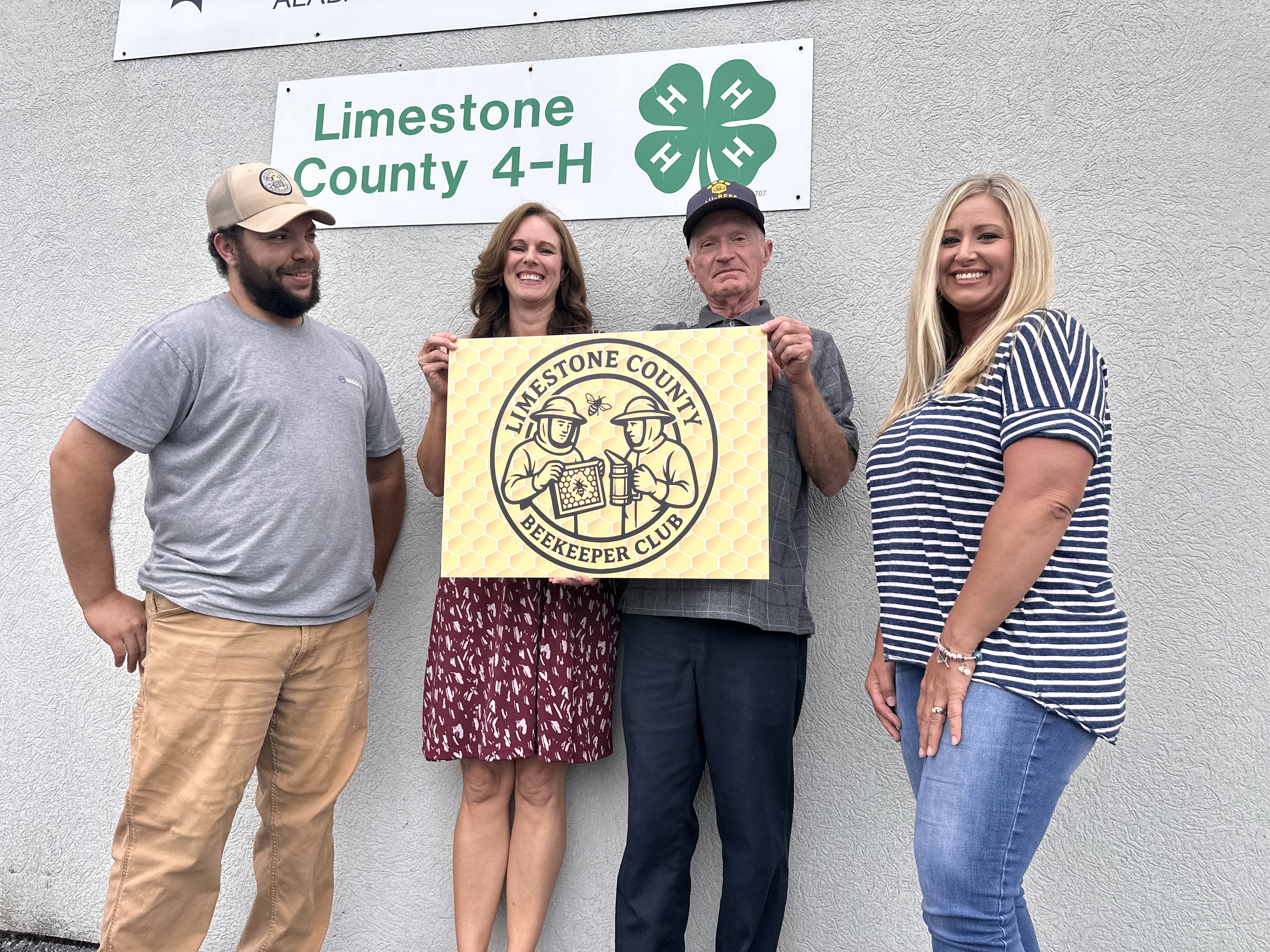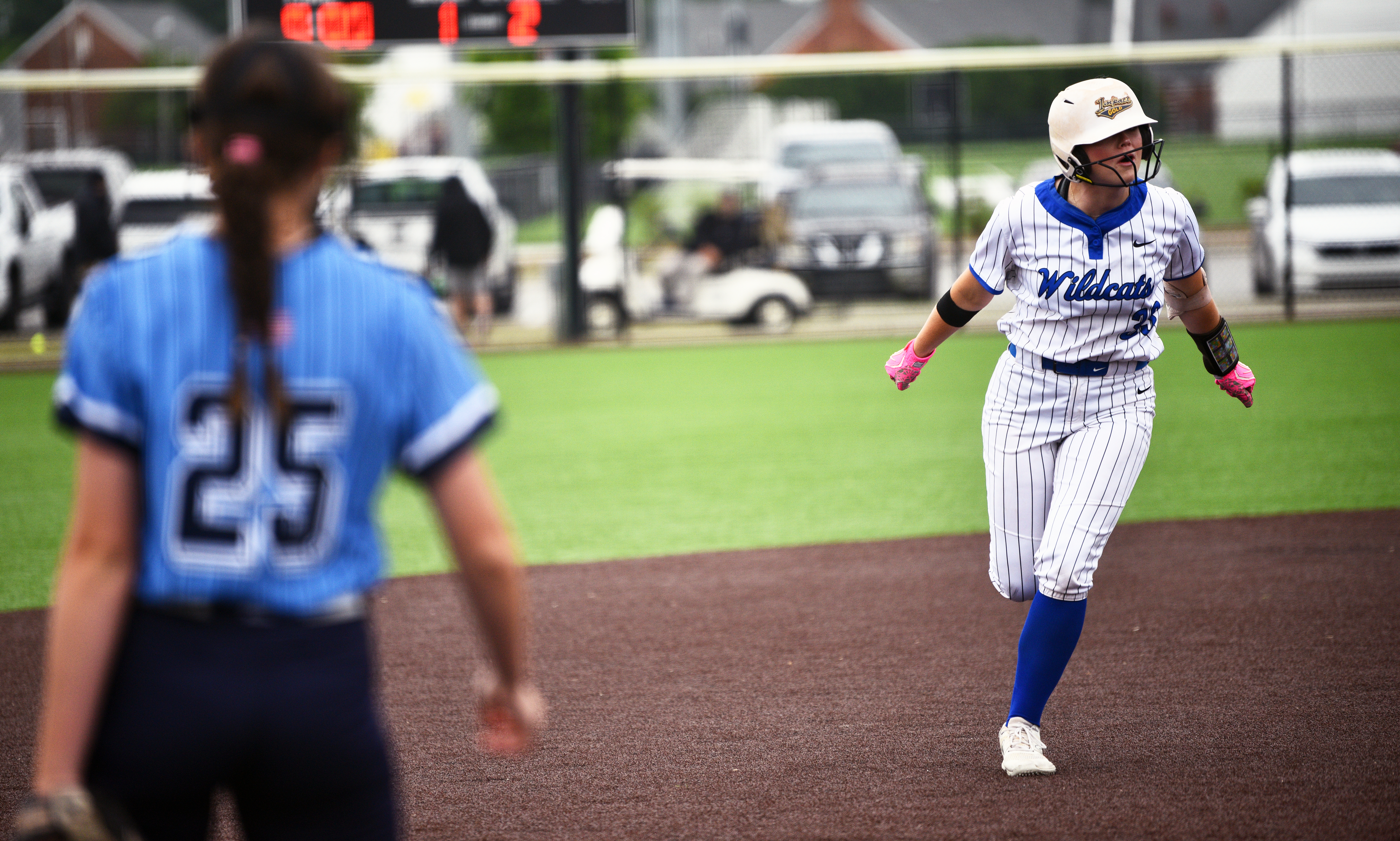ALABAMA CENTER FOR THE ARTS: Exhibit displays ‘Hidden Spaces’ of North Alabama
Published 4:00 am Wednesday, July 14, 2021
The Alabama Center for Arts in Decatur has opened a new exhibit in its main gallery that explores the history of North Alabama.
The exhibit, titled “Hidden Spaces: People and Places of North Alabama,” is a “photo-historical documentation project that explores the people and places of lesser-known locations and ongoing histories in North Alabama communities,” according to a release from the center.
“Hidden Spaces” identifies, displays and interprets cultural landscapes, built environments and natural features that highlight the inherent uniqueness and diversity of the greater Shoals region, the center said in the release.
The Alabama Center for the Arts is open 8 a.m. to 8 p.m. Mondays through Thursdays and 8 a.m. to noon Fridays.
“The ‘Hidden Spaces’ project began as a collaboration between the Muscle Shoals National Heritage Area, the University of North Alabama Public History Center and Abraham Rowe Photography in 2017,” said Carrie Crawford, director of the Muscle Shoals National Heritage Area. “Since then, the Hidden Spaces team has traveled around North Alabama, exploring places off the beaten path and sharing their stories.”
The main areas explored by the exhibit include part of Old Town in Decatur, the Muscle Shoals National Heritage Area and historic Byler Road. Other locations in Morgan and Limestone counties are also included.
“We are very grateful that many Old Town community members, including Peggy Towns, Dr. Ragland and Frances Tate helped us to understand the significance of this community’s story,” Crawford said.
The Hidden Spaces exhibit will be on display through Aug. 31. Towns will be on hand 5:30 p.m. July 29 for a gallery talk.
About the ACA
“The Alabama Center for the Arts is the region’s premier art center and degree program,” according to the release. “The project continues a long-standing collaborative academic effort between Athens State University and Calhoun Community College and serves as a model of academic institutional cooperation for the state.”





